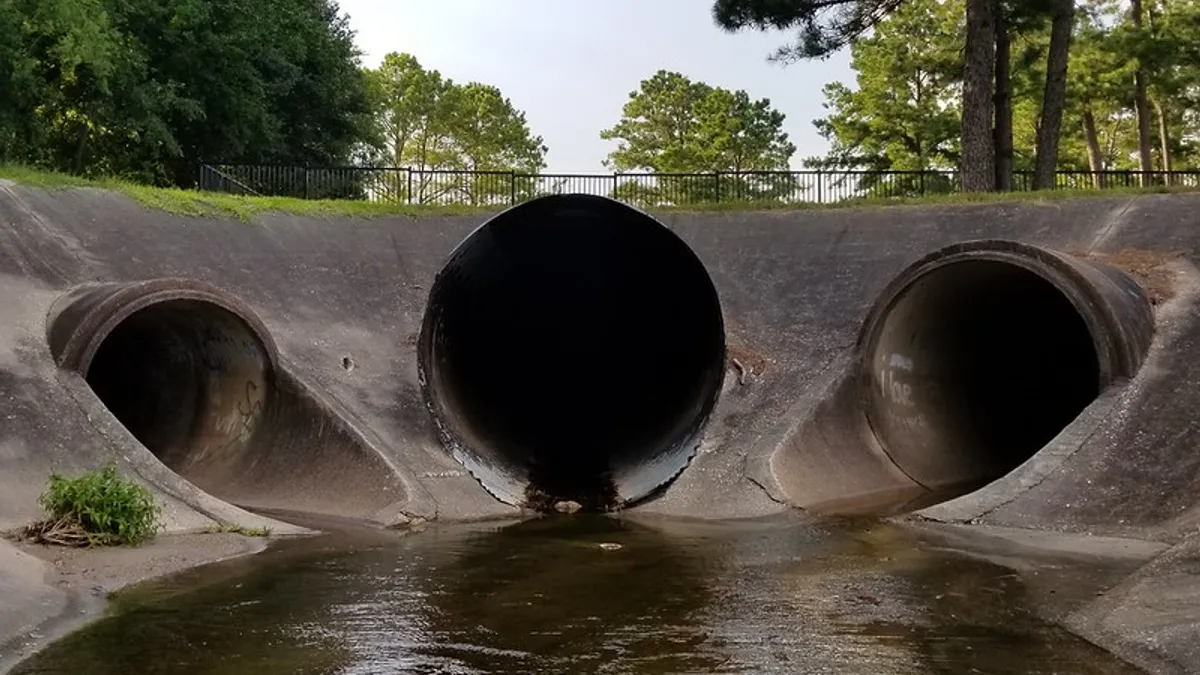Editor's Note: The following is a guest post from Keisha Brown, partnership liaison at Corvias.
Traditionally, stormwater infrastructure has taken a backseat to other municipal concerns, like roads and electricity, that assume priority and impact our daily lives. But with 2020 registering as one of the wettest years on record and changing weather patterns are resulting in more frequent and severe flooding in U.S. communities, stormwater infrastructure is increasingly at the forefront of planning and funding discussions.
Public officials are now realizing a viable and proven opportunity to answer water management challenges through community and private industry partnerships.
An estimated 10 trillion gallons of untreated, polluted stormwater runoff enter U.S. waterways today, according to the Natural Resources Defense Council (NRDC). This overflow has wreaked havoc in many small cities and towns over the years, causing millions in damage to vital infrastructure.
Fully realizing this, the U.S. Environmental Protection Agency (EPA) instituted a community-based public-private partnership model in the spring of 2015 to connect public officials, private partners and the community in finding solutions for stormwater infrastructure in cash-strapped municipal governments.
Green and gray infrastructure itself is not a typical allocation in city budgets, nor an area in which many government officials have expertise. Due to its niche nature, and its impact on both public and private land, some governments have turned to local partners to meet the regulatory compliance requirements while following the framework laid out in the EPA's partnership model.
It has also opened doors for local small businesses, fueling the creation of a new stormwater economy. This work has included erosion and excavation, pond retrofits, stream restoration, retention and trench drain systems, landscaping, GIS data management and community outreach. Even rain gardens and tree plantings are being used across municipalities and counties to capture and treat stormwater runoff.
In Prince George's County, MD, just outside of Washington, DC, residents have seen firsthand the benefits of effective stormwater management with turnkey solutions. Designated as one of the fastest-growing sources of pollution in the country by the EPA, stormwater was a top concern for Prince George's County officials as they sought to achieve regulatory compliance with the Clean Water Act.
The county’s leadership even committed to a 30-year Clean Water Partnership (CWP) to ensure efforts to address the aging infrastructure will follow federal guidelines. Of the nearly $165 million awarded through the CWP for green infrastructure contracts, approximately 81% have gone to target class businesses and over $20 million has been awarded to smaller firms with expertise developed through participation in CWP's mentorship program.
Public officials seeking out innovative solutions ought to realize that green and gray infrastructure needs are not going away, and as rainfall totals and major weather events continue to put stress on towns and cities, it will be much-needed tool in the arsenal for city planners and infrastructure professionals – both large and small.
One certainty is that collaboration with the community and the stakeholders who are knit into the fabric of the areas they are serving, keeps everyone aligned in both personal ambition as entrepreneurs and as vested partners in the future of their communities.










